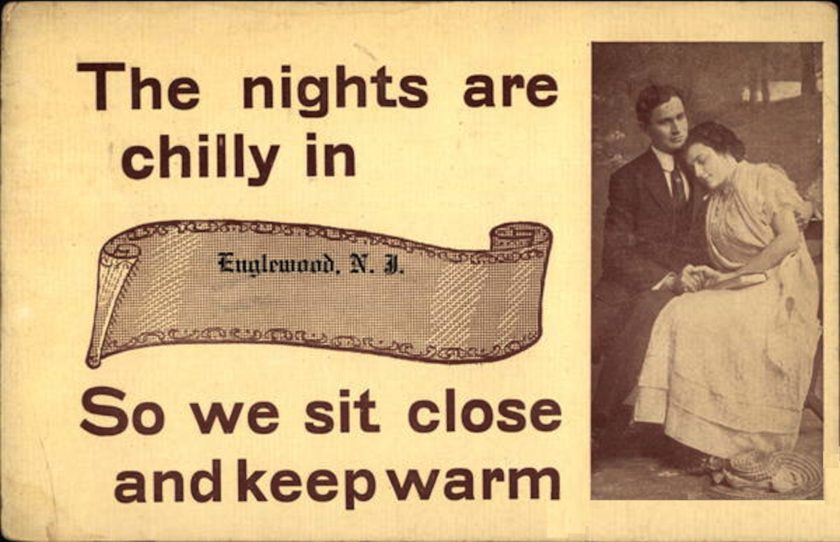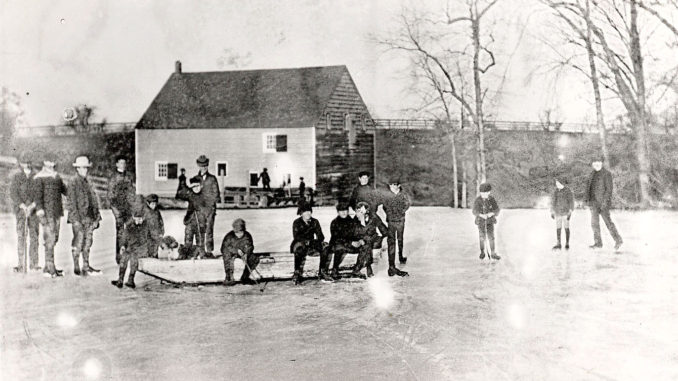

BERGEN COUNTY—Our current weather forecast would have seemed downright balmy to those who lived through early January 1904. The new year kicked off with a snowstorm in conjunction with a crippling cold spell. Thermometers in Bergen County registered the lowest readings in the history of the region.
An old-timer from Oradell, 88-year-old Cornelius Post (then the oldest person in town), said that the cold snap was the most frigid he could remember since Bergen County’s weeks-long cold wave during the winter of 1835–1836.
While we don’t have records for the Bergen County, we know that on Dec. 16, 1835—the night of the Great Fire of New York that saw between 500 and 700 city buildings burn down—the temperature dipped to minus 17 across the river. On that evening, the East River froze solid and firefighting efforts were stifled by water turning to ice inside hoses.
The early morning hours of Jan. 4, 1904 brought the coldest weather in the history of New Jersey—superseding the previous low of 26 below set in January 1873.
On that frigid morning 116 years ago, between 6 and 7 a.m., Mayor Brickell in Westwood said his thermometer dropped clear to the bottom of the bulb, while a neighbor, Richard Hopper, registered minus 30 over at his place.
Abram C. Holdrum of River Vale, who had a government thermometer at his farm, at one point measured a record-setting 34 degrees below zero. Holdrum’s farm was located south of Piermont Road, near the Hackensack River and close to the Old Tappan border.
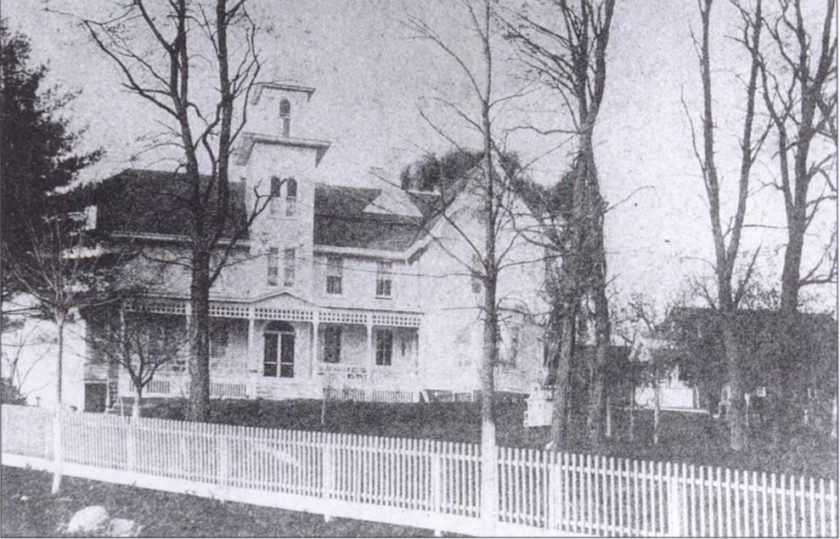
In Englewood, which registered nearly as cold, a drunk and disorderly man was arrested while, ironically, singing the popular 1902 ditty “In the Good Old Summer Time.”
At many local homes, plumbing was disabled due to frozen pipes. Milkmen, who already had to contend with the extreme cold while making their rounds, had to cope with the extra inconvenience of frozen milk expanding and causing the glass bottles to break.
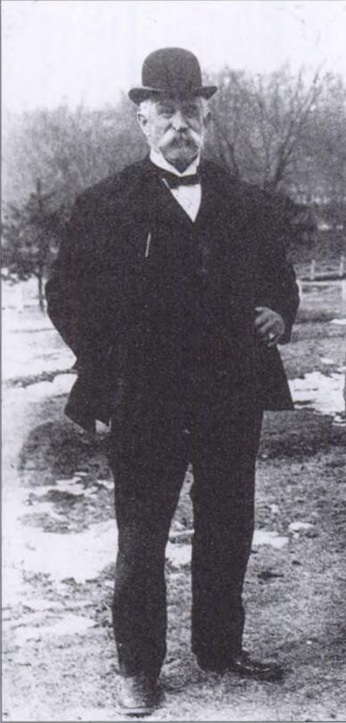
Commuters who had to walk even a couple of blocks to train stations had mild cases of frostbite. The Hackensack station waiting room was turned into an impromptu hospital, with snow being used to thaw out nipped noses and ears. Trains on all the railroad lines were hours delayed because the engines became disabled. When the trains finally pulled up, they were coated with frost and ice. A report out of Englewood noted that while the train car windows were frosted over, commuters made the best of it by using the windows as slates to keep track of progress in their pinochle games.
Alpine resident Alice Kuchlin, a school teacher in Northvale, was overcome by the cold after she ventured out in her horse-drawn sleigh, bound for the Closter railroad station. Lingering snow from an earlier snowstorm made the road conditions poor (it was dirt roads in those days), and the 24-year-old teacher had to drive slowly, making the trip much longer. By the time she arrived at Closter she was near hypothermia, but eventually recovered after being brought indoors.
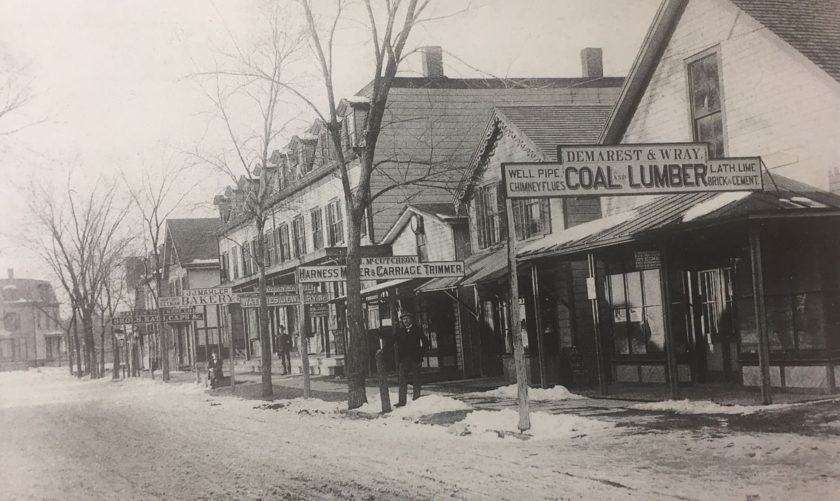
The cold continued on Jan. 5, with the mercury dipping to 30 degrees below zero in Tenafly, Harrington Park, and Englewood.
On Jan. 7 the frigid wave had finally broken. People began to venture outdoors once again, there were sleighing parties, and plumbers were overwhelmed with business as they went from house to house repairing burst pipes, clogged gas pipes, and frozen up boilers. Coal delivery wagons made constant rounds to replenish homeowners’ depleted stores.
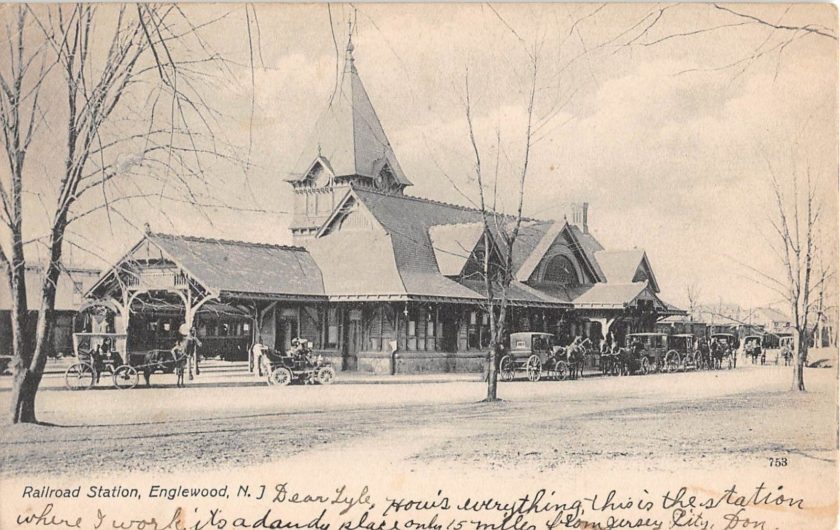
Holdrum’s temperature reading of 34 degrees below zero, registered in River Vale on Jan. 5, 1904, still stands as the record lowest temperature in New Jersey.
